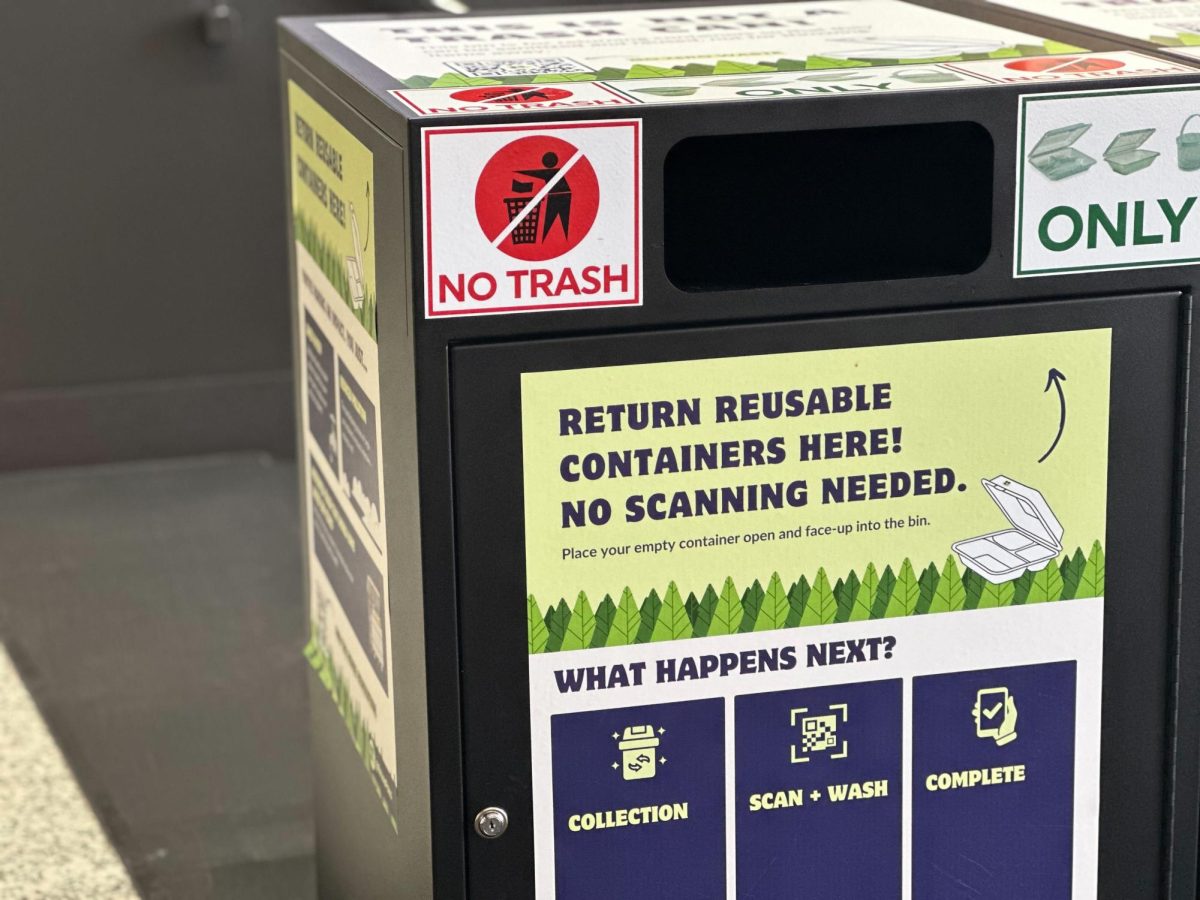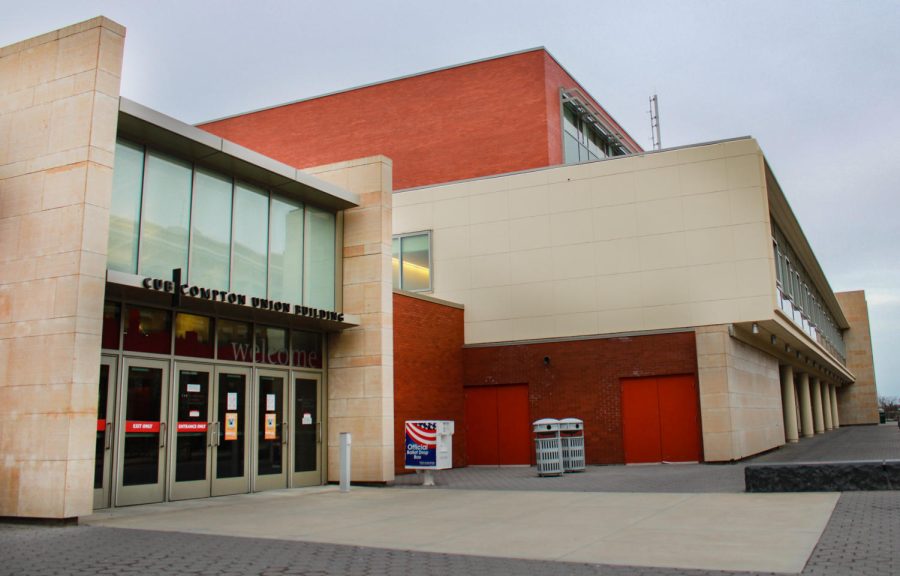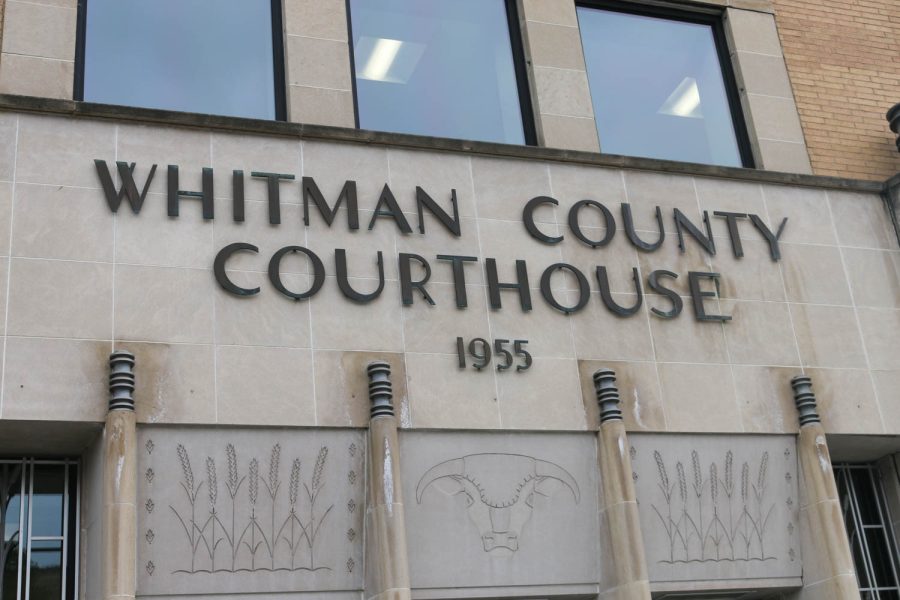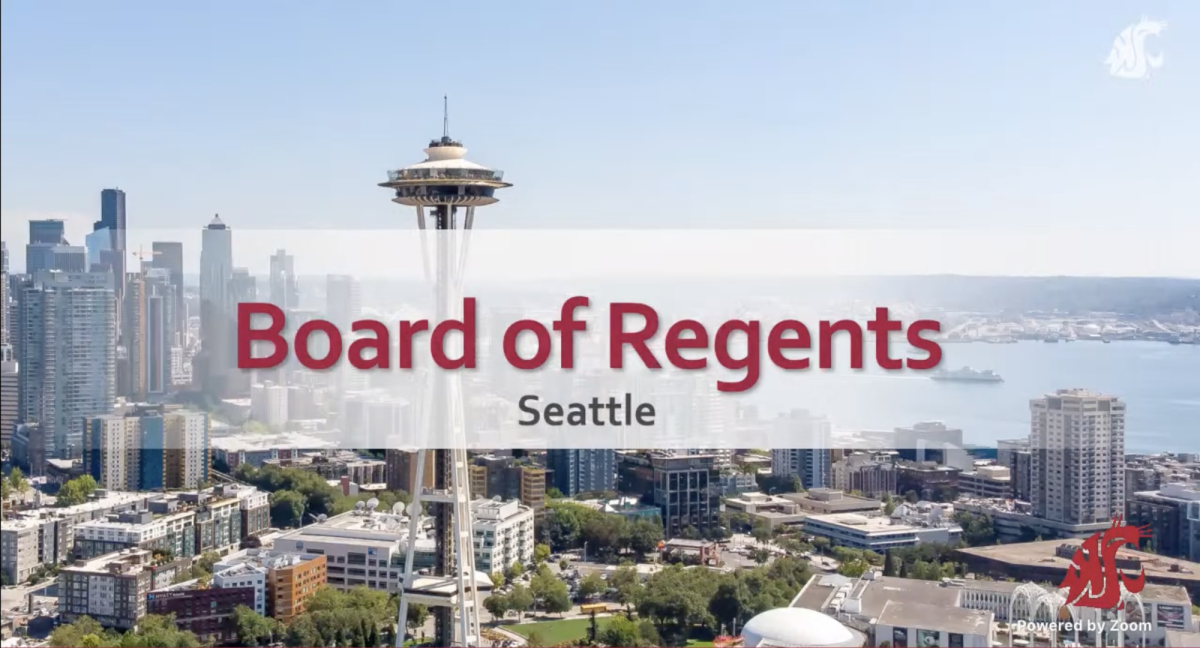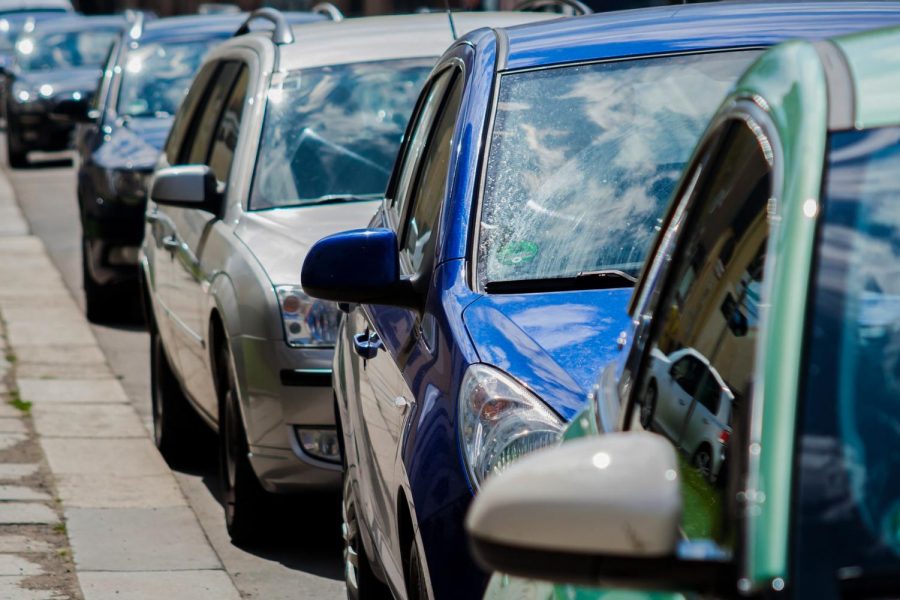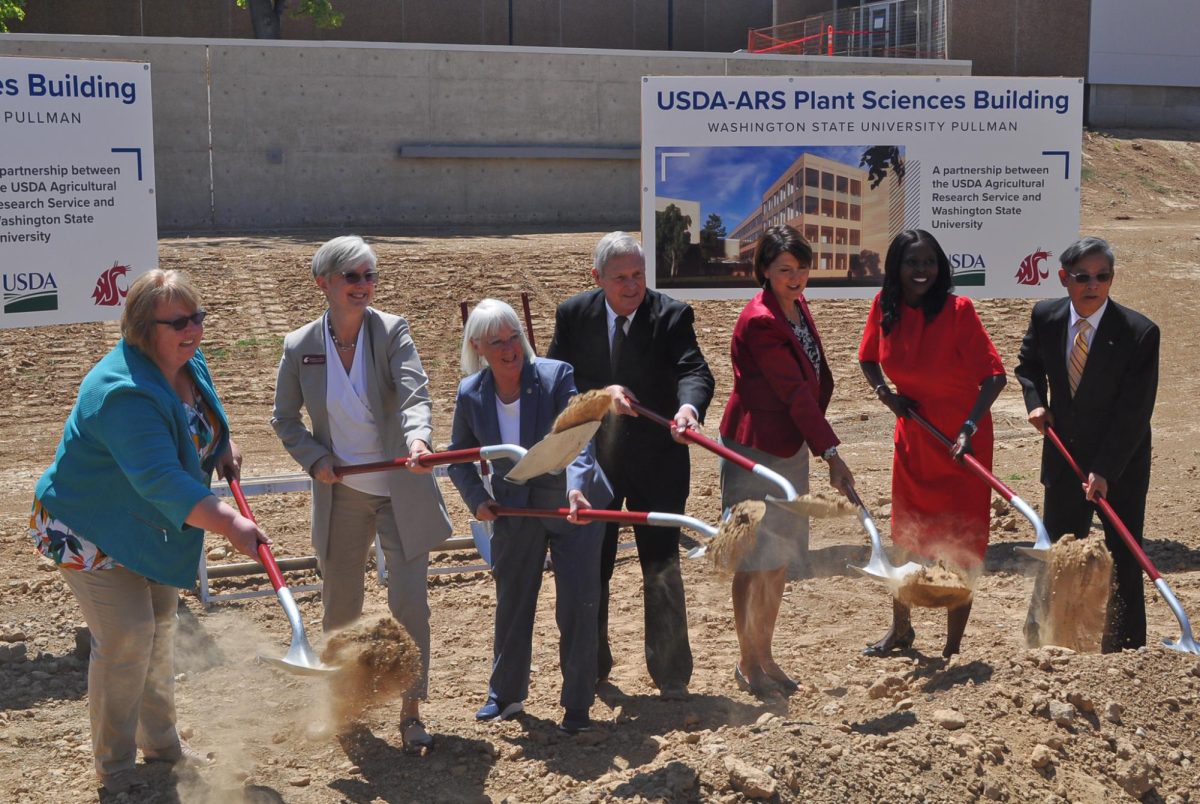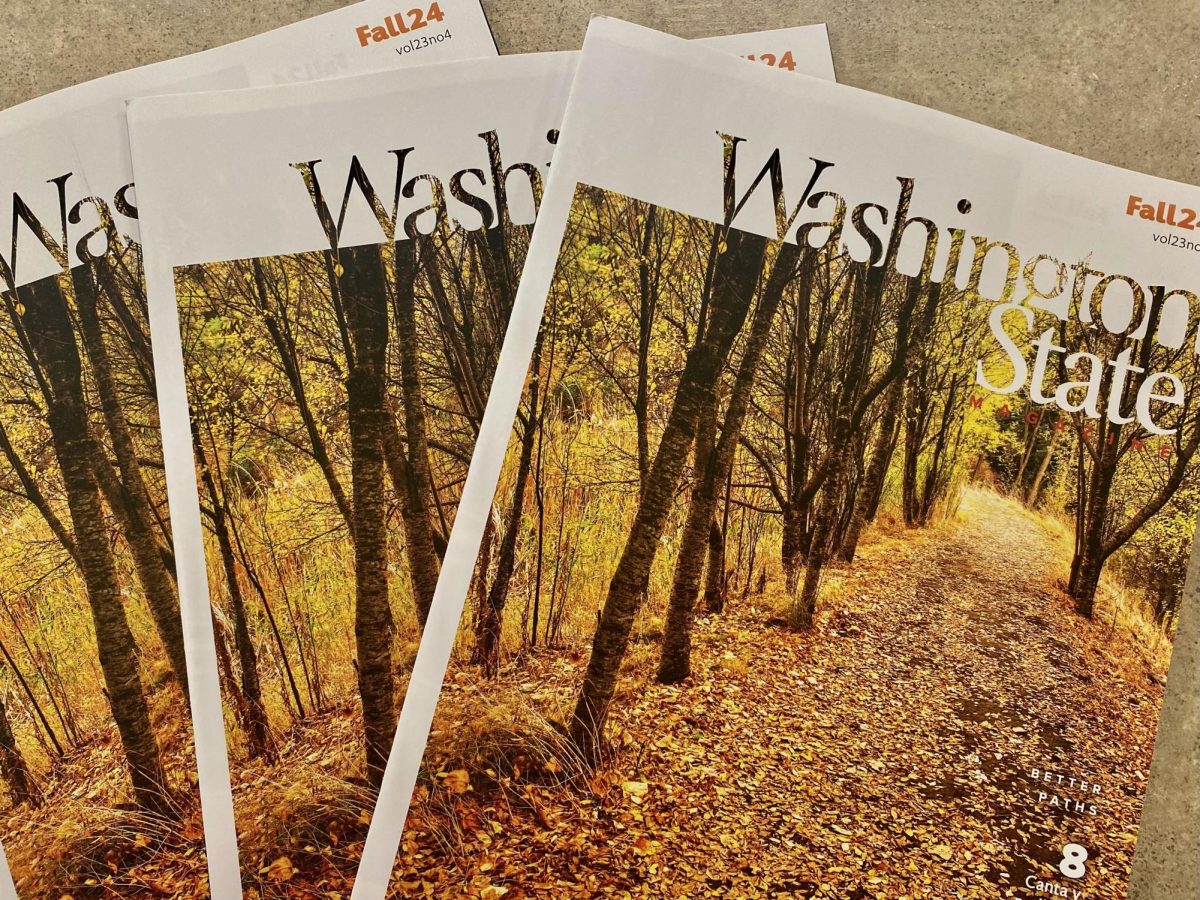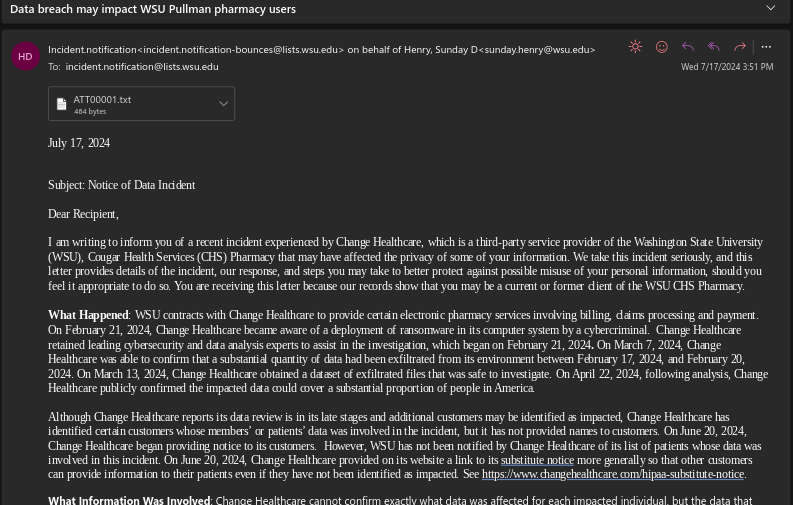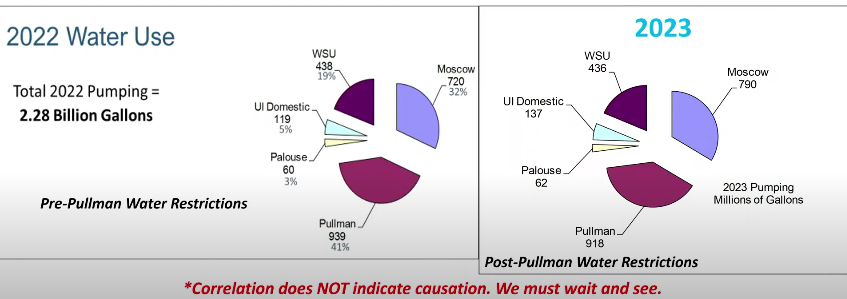Southside and Hillside Café have begun to implement a reusable container system in an effort to eliminate single-use to-go boxes.
Eddie Aguilar, Southside Café general manager, said just after the COVID-19 pandemic, Northside Café released a reusable container program which involved handing out tokens, but it did not get much traction from students and the system started to fizzle out.
The new system involves students signing up on a website in order to get a personal QR code in which they must scan when checking out their food, along with the QR code on the box which is able to let students know when they must return their boxes or they will be charged a fee, he said.
Aguilar said management originally planned to launch the improved system right after students got back from winter break. The logistics were just not there yet, so they decided to wait until after spring break.
“Overall, this new process has been going pretty smoothly,” Aguilar said. “This change is defiantly good in regard to keeping waste out of the landfills.”
He said he has noticed many students getting disposable to-go boxes and proceeding to eat their food inside the dining hall, which led to a lot of waste that could have been prevented.
“This new system also acts as a way of curving people’s behaviors,” he said. “We hope this helps students want to enjoy their food in the dining hall instead of automatically taking their meals to go.”
Hillside has already begun getting rid of plasticware and Southside plans to follow along hoping to have paper cups and plastic utensils eliminated by next fall, he said. There was an upfront cost for this new system, since there had to be new QR code scanning technology placed at the cashier stations as well as purchasing the boxes themselves.
Aguilar said this program was an investment to the dining halls and will be cheaper in the long run since there is no longer a need to frequently purchase disposable boxes.
“Hopefully now students will put more forethought into whether they actually want to go or if they want to relax and eat their meal and hang out with friends,” Aguilar said. “Of course, this new change will be hard for people, but we hope in the next few weeks students will become more aquatinted with the new system.”
Junior art major Payton Elefson said she goes to both Hillside and Southside for meals and believes this new to-go system could have been implemented a bit better.
“I think that it is a good idea and a good incentive, however, I believe students should be given a choice on whether they want to use a reusable or disposable container,” Elefson said.
She said she thinks the new transition would have gone better if there were more signs letting students know that this change was happening. Many people are having to sign up to access their QR code in the middle of a rush in order to leave with their reusable to-go box, which is slowing down the lines and making them longer.
Elefson said she believes this new program will have a positive effect on the environment and she is glad that the dining halls are doing this new program. She thinks those in charge could have done a better job of helping students get adjusted to this change easier and faster.
“I was devastated when I went to Hillside and saw that there were no longer any plastic utensils, I had to get to work and couldn’t eat my food, I noticed that people were even stealing the silverware since there was no plastic alternative, making things inconvenient for everyone,” she said.
Josh Santiago, sophomore computer science major, works as a cashier at Southside Café and said he believes the new system of checking out to-go boxes is fairly easy to understand, but people are having some trouble getting used to scanning the QR codes.
“Once people are signed in, have the QR code saved to their Apple wallet, have their phones out and ready and their box ready for the QR scanner this process will become as easy as when there were disposable containers,” Santiago said.


